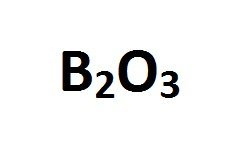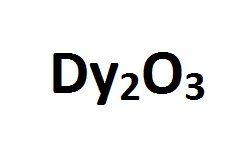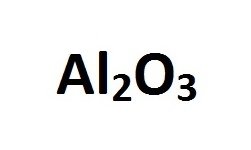Additional information
| Cas number | "1312-43-2/ 18282- 10-5" |
|---|---|
| Average particle size | ~100 nm |
| Purity | >99% |
| Appearance | Blue Powder |
| Morphology | Nearly spherical |
| Bulk density | ~0.6 g/cm3 |
| Packing size | 5 gm |

“Battery inhibitors
Solar photovoltaics
Display panel applications”
| Cas number | "1312-43-2/ 18282- 10-5" |
|---|---|
| Average particle size | ~100 nm |
| Purity | >99% |
| Appearance | Blue Powder |
| Morphology | Nearly spherical |
| Bulk density | ~0.6 g/cm3 |
| Packing size | 5 gm |
No application data available.

“In subsurface investigation, oil drilling and high-speed cutting tools
As a metal forming and metal drawing lubricant release agent
In transistors and as plastic resin sealing desiccant polymer additives
Pressed into various shapes and can be used as high temperature, high voltage, insulation, cooling components
As a special high-temperature electrolysis state, resistor material
In the aerospace industry, for use in heat shielding material
As a catalyst for high temperature, high pressure treatment
Mold release for die casting and injection molding
Thermally conductive filler for polymers
Composite ceramics
Starting material for hot-pressed BN parts
For high-voltage high frequency electricity, plasma arc’s insulators, high-frequency induction furnace materials, semi-conducting solid phase admixtures, atom reactor’s structure materials, automatic welding high-temperature coating, preventing neutron radiation’s packing materials, radar antenna’s mediums, radar’s pass box, and rocket engine’s components
As high-temperature lubricants
Mold pressing boron nitride can be used in making high-temperature crucible and other products.”

magnetic Nanoparticles with several applications. Dysprosium Oxide nanocrystals can also used as a high surface area for catalytic compounds.


Can be dispersed in glass or plastic for display purposes, such as display monitors
Can be surface modified for distribution into aqueous and non-aqueous media for bioimaging
High-temperature corrosion-resistant coatings
Dopants for optical fiber and laser materials
Tuned insulator for Josephson junctions
In up-conversion material, capacitors, and metal-Oxide-semiconductor transistors